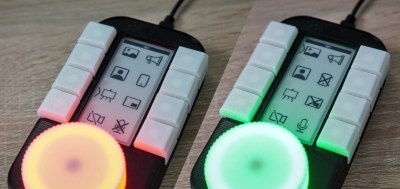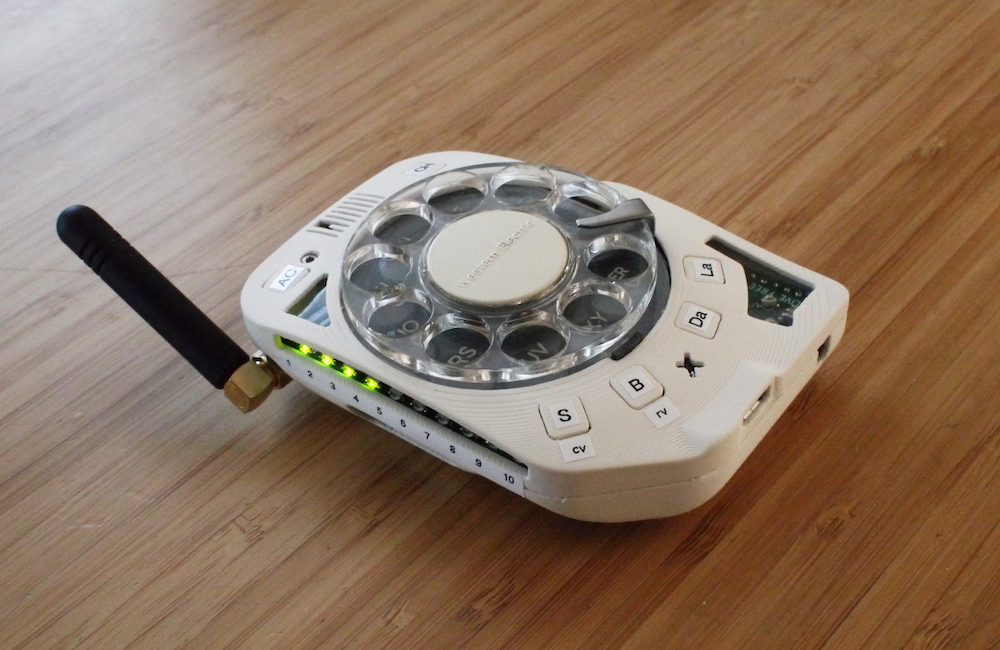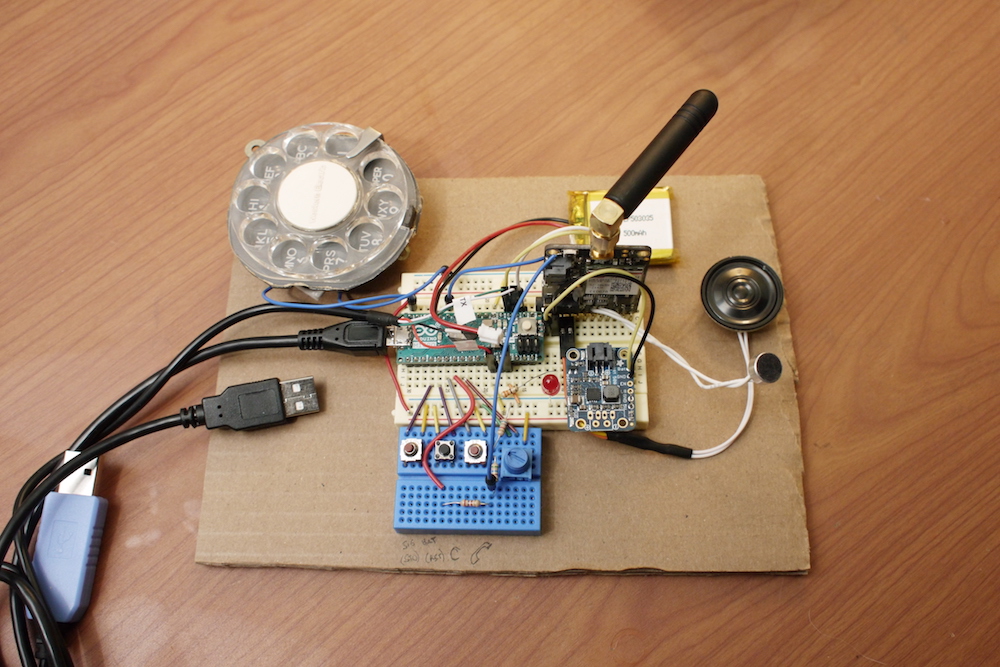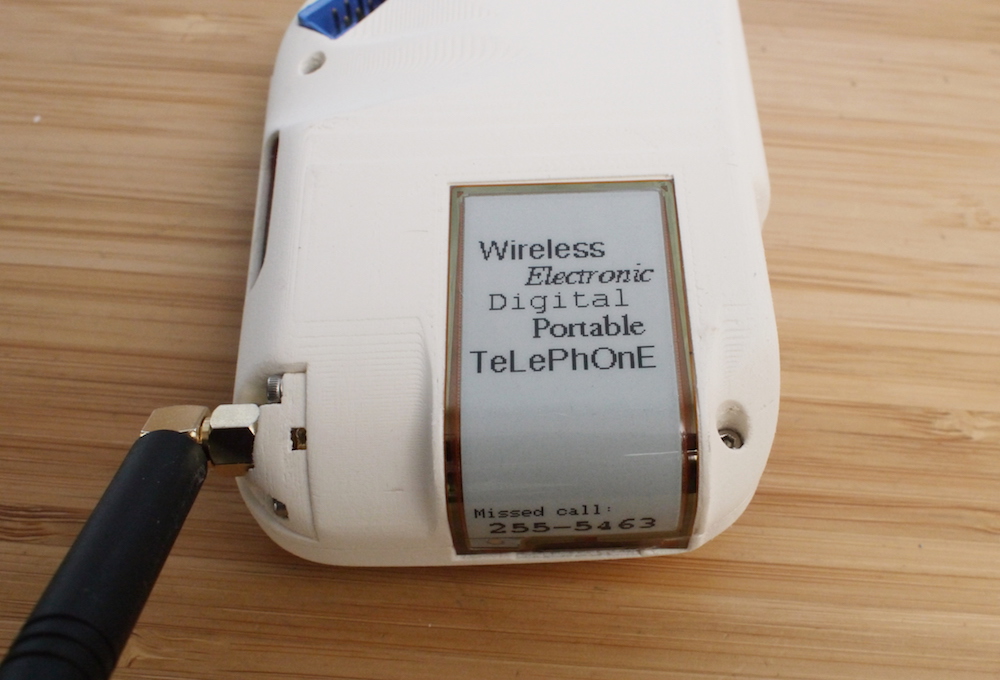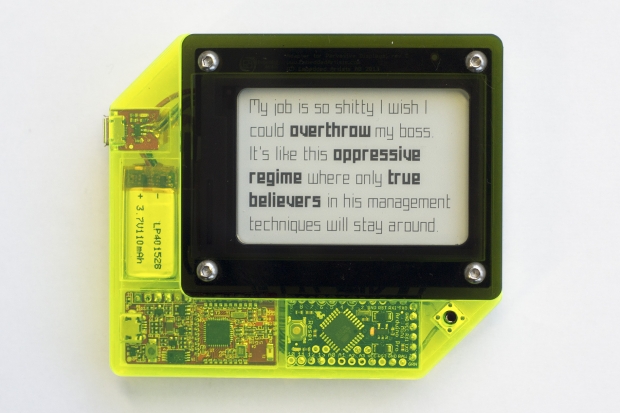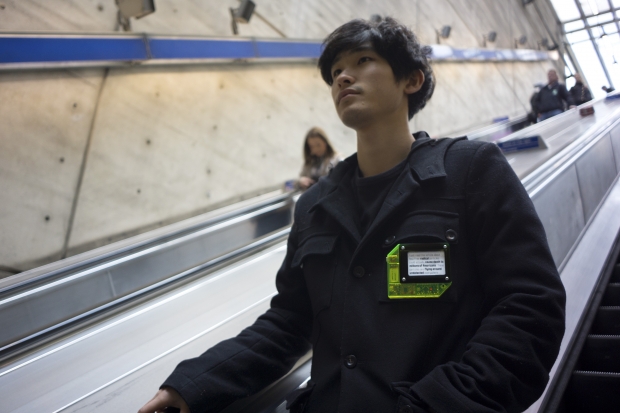24

The world just recognized Earth Day and it was a good reminder that we all have a responsibility to protect the planet. Unfortunately, many of our devices suck up energy in direct opposition to that goal. But the market has proven that we aren’t willing to sacrifice convenience. Luckily, that isn’t always necessary. To demonstrate that, overVolt built this solar-powered weather station that features an E Ink display.
The first — and usually easiest — step in the right direction is reducing energy consumption. And it is often possible to make efficient devices that don’t require any sacrifices at all. In this case, overVolt achieved that with the use of an E Ink screen and a power-sipping Arduino Nano ESP32 board.
E Ink technology is perfect for this application, because a weather station doesn’t need to update often. The display only consumes power during a refresh and the rest of the time it continues showing very readable content without any power.

The next step was to eliminate any energy from fossil fuels. Because this weather station consumes so little power, it can run entirely on the power coming from a small solar panel. Sunlight isn’t always available, so overVolt added a lithium battery to store power through dark periods.
The Arduino monitors temperature and humidity with a DHT11 sensor, as well as air quality with an MQ-135 sensor. And because this is a Nano ESP32, it can also connect to the internet to pull weather forecasts.
While lithium batteries aren’t great from an environmental perspective, overVolt’s weather station proves that we can take positive steps without sacrificing convenience.
The post Celebrating Earth Day with a solar-powered E Ink weather station appeared first on Arduino Blog.

